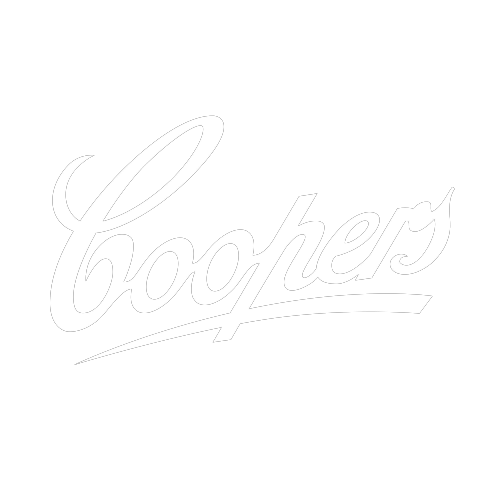Presented as a partnership between Queensland Film Festival, the Institute of Modern Art, the Brisbane Queer Film Festival, and the National Film and Sound Archive, this free screening marks out the pioneering work of experimental filmmaker Barbara Hammer. These rare 16mm prints provided by through a partnership with the NFSA.
Please join us at 2pm for the screening, with an introduction to the films by University of Queensland’s Associate Professor Frances Bonner, from the School of Communication and Arts. To book a ticket to this free screening, please visit eventbrite.
These three works by Barbara Hammer stab at history. Dyketactics (1974) is the first lesbian film by an out lesbian filmmaker; Endangered (1988) marks the possible extinction of the experimental milieu that allowed Dyketactics to come into existence. The feature work Nitrate Kisses (1992) folds in this queer history into a broader history, combining interviews with marginalised LGBT couples with the vestigial traces of lesbian and gay culture.
Dyketactics
Barbara Hammer, 1975 | 4 minutes
A celebration of lesbian touch, sensuality and sexuality. One hundred and ten images in four minutes edited to evoke sensuality. Courtesy of NFSA.
Endangered
Barbara Hammer, 1988 | 18 minutes
A reflection on the threatened tradition of filmmaking and the independent or avant-garde filmmaker. Abstract images are created through post-production effects, leading into optically printed sequences combining images of animals with colours and patterns, interspersed with images of the filmmaker and her machinery. Courtesy of NFSA.
Nitrate Kisses
Barbara Hammer, 1992 | 64 minutes
A collage of different elements – found footage, interviews, optical reprinting and filmed footage of lesbian and gay lovemaking – is used to relate a lesbian and gay history that has been repressed or distorted. The film’s main strategy is densely associative, operating on different levels, allegorical, historical and erotic. The found footage includes one of the earliest gay films, Watson and Weber’s Lot in Sodom (1933), and German narrative feature films of the thirties. Courtesy of NFSA.






